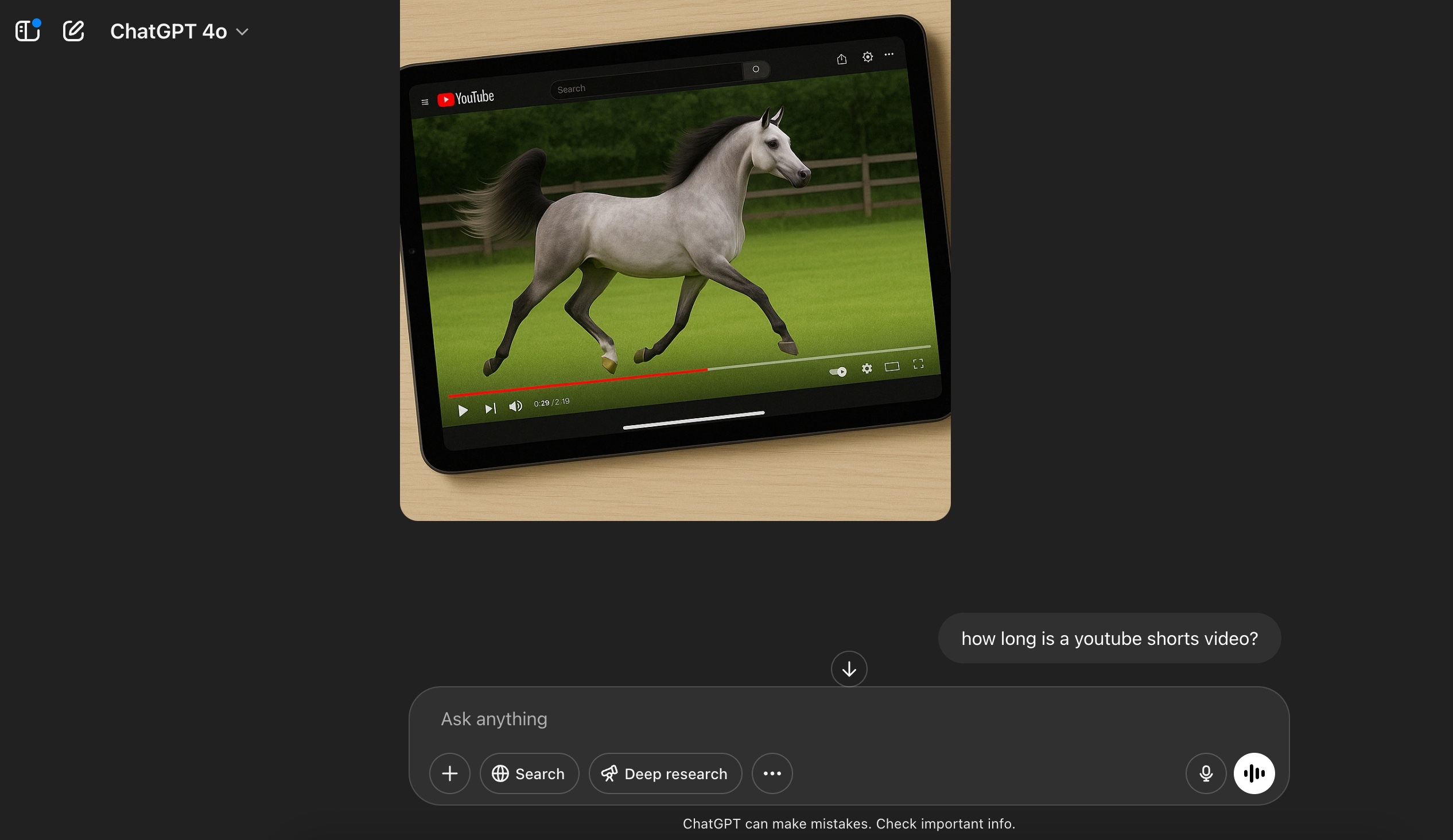
25 Apr Its AEO – not SEO – Search In The Age of AI
SEO in the age of AI chat tools like ChatGPT, Perplexity, and Google Gemini is not about keyword-stuffing or ranking #1 on Google anymore. The game is changing fast, and we’re moving into what marketers are calling AEO (Answer Engine Optimization).
Here’s a breakdown of what the updated version of SEO for AI chat tools looks like:
What Is AEO (Answer Engine Optimization)?
AEO is the practice of optimizing your content not just for traditional search engines, but for AI-driven tools that deliver direct answers, summaries, and recommendations—like:
- ChatGPT with web browsing
- Perplexity.ai
- Google SGE (Search Generative Experience)
- Bing Chat
- You.com
How to Optimize for AI Chat Tools (AEO Best Practices)
1. Be the Source AI Cites
- Use clear, fact-based writing that answers questions directly.
- Structure your content in Q&A format, “how-tos,” “step-by-step guides,” and summary-style bullets.
- Cite sources, include stats, and provide expert insights—AI tools love citing clean, useful info.
2. Write Like You’re Training an AI
Make your writing structured and easy to parse:
- Use headings (H2s, H3s)
- Short paragraphs
- Bullet points and numbered lists
Use semantic keywords and synonyms, not just exact matches.
- In traditional SEO, people used to focus on exact match keywords—like repeating the phrase “horse riding lessons” over and over because that’s what they thought Google needed.
- But search engines (and now AI tools) have gotten way smarter. They no longer just look for exact keyword matches. They try to understand the meaning (aka semantics) behind a search query.
- So instead of stuffing your content with just one phrase, you should use related terms, variations, and synonyms that help paint a full picture of the topic.
Anticipate follow-up questions. Write as if you’re filling in gaps before the user asks.
3. Schema Markup Still Matters
- Add FAQ schema, How-To schema, and Article schema to your pages.
- This helps both traditional search engines and AI scrapers understand the context of your content.
If you want your website to show up better on Google (and even get picked up by tools like ChatGPT), you can add something called “schema.”
Think of schema like a tag or label you put on parts of your website to explain what they are—kind of like labeling your feed bins so no one mixes up the grain.
Here are a few simple types:
- FAQ labels tell Google “this section answers common questions.”
- How-To labels say “this explains a step-by-step process.”
- Article labels say “this is a blog or article with helpful info.”
You don’t have to do it all yourself—your website person can add it in just a few clicks. But it’s worth asking about, because it helps Google and AI tools understand your content and show it to more people.
4. Be Authoritative & Transparent
- Add author bios, source citations, and “last updated” timestamps.
- AI tools tend to favor content that’s fresh and credible.
5. Get Referenced on Other Sites
- Backlinks still matter, but now even more because AI uses the web to triangulate sources.
- Guest post, be featured in directories, podcasts, interviews, or roundup articles.
- Make it easy for AI tools to discover you as a trusted authority.
6. Create “AI-Ready” Content Assets
These are pages designed to be scraped, summarized, and cited by tools like ChatGPT:
- “Ultimate Guides”
- Glossaries
- Templates & frameworks
- Industry benchmarks or stats
- FAQ hubs
Bonus Tools to Help with AEO:
- AlsoAsked.com – Understand follow-up queries
- AnswerThePublic.com – Find question-based keyword clusters
- SurferSEO / NeuronWriter / Frase – Tools that align your writing with what AI is picking up
The Future:
AI isn’t replacing SEO—it’s just changing what “optimized” means.
Instead of ranking #1 on Google, you’re aiming to be:
- The content source ChatGPT cites
- The tool Perplexity links to
- The website Google SGE summarizes
